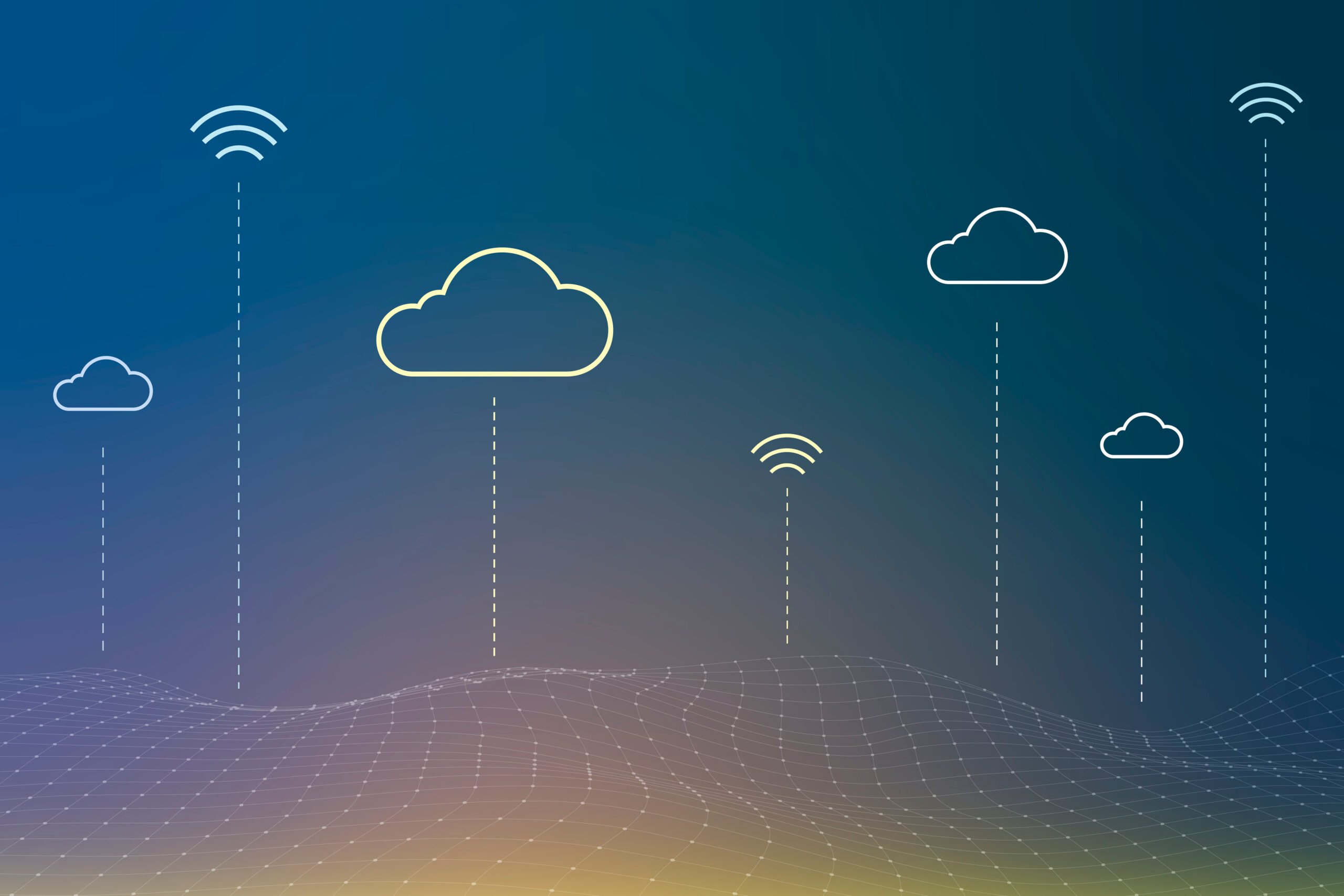In recent years, the IoT Cloud platform has gained traction among industries across the globe. It is the combination of capabilities of IoT services and Cloud Computing to add value for both business and consumer applications. IoT Cloud provides a cost-effective, flexible, and scalable way for businesses with limited resources to get the infrastructure and services they need to power IoT devices and applications. IoT Clouds provide on-demand, cost-effective hyperscale, allowing businesses to maximize the IoT’s huge potential without actually building the core infrastructural facilities from the scratch.

Benefits Of IoT Cloud Platform
The benefits of adopting IoT Cloud platform are as follows:
Accessibility: The IoT Cloud infrastructure enables data to flow seamlessly from multiple devices to a single server, allowing for more efficient storage, analysis, and reporting. Because of the Cloud’s on-demand nature, it can be accessed at any time and on any device.
Faster Time To Market: Cloud connectivity allows millions of IoT devices and Cloud services to communicate massive amounts of data. It improves DevOps workflows by allowing them to store and access data remotely, enabling organizations to deploy solutions faster.
Collaboration: The collaboration between various departments in an organization will be seamless with data from IoT devices stored in a Cloud and accessible from anywhere to the authorized employees. And this is supposed to increase teamwork, engagement, efficiency, productivity, and interest among the employees.
Scalability: As a company grows, so do its IoT devices, necessitating more investment in additional networks and data storage to accommodate the new data. IoT Cloud enables a company to incorporate additional devices into an existing Cloud at a low cost and without the need for additional IT infrastructure, such as servers or hard drives. Moreover, IoT vendors can use Cloud computing to store and analyze large datasets in real time.
Data Recovery: Data can be lost in the event of an IT disaster, and data recovery might seem impossible. However, IoT Cloud platforms can provide quick data recovery in a variety of emergency scenarios, including human error, natural disasters, and power outages. Certain studies indicate the disaster data recovery process will take less than four hours for IoT Cloud users.
Challenges Of IoT Cloud
Some of the most discussed challenges of leveraging IoT Cloud are mentioned below:
Data Breaches: One of the biggest concerns related to IoT Cloud is data breach. If a bug exists in the Cloud computing provider’s network, hackers can easily gain access to data of the organization and customer data.
Internet Connectivity: Internet connectivity is mandatory to gain access to the Cloud. In case of an internet outage or laggy network, users will not be able to access the data.
Migration: Transferring massive volumes of data when migrating to Cloud can be time-consuming and might lead to human error. However, firms can make use of workload automation or RPA bots to automate data migration processes and eliminate human interventions.
Different IoT Cloud Platforms
IoT Cloud platforms have become increasingly popular among businesses nowadays. The three different IoT Cloud platforms existing in the market are listed below:
- Infrastructure-as-a-Service (IaaS)
IaaS is a Cloud computing model which enables enterprises to rent or lease servers for compute and storage in the Cloud. One of the best examples of IaaS is Amazon Web Services (AWS) which helps businesses to use its storage space, analytical functionalities and computing tools on a pay-as-you-go basis.
2. Platform-as-a-Service (PaaS)
PaaS is a Cloud computing model where a third-party developer provides computing platforms to the user, allowing them to create a customized Cloud application tailored to their specific needs. One of the perfect examples of PaaS is Oracle Cloud, as it enables developers to customize the functionalities of their existing app utilizing the JavaScript programming language.
3. Software-as-a-Service (SaaS)
In this model, businesses can pay and gain access to a ready-to-use application, without having to worry about implementation. One good example of SaaS is Google Cloud as it enables firms to connect their IoT devices and store data on its Cloud.
Conclusion
Cloud computing combined with the Internet of Things will fundamentally alter human lives, particularly in terms of information management. Undoubtedly, the Cloud is the only technology that is capable of accessing, storing and analyzing IoT data. Many businesses are realizing the benefits of IoT Cloud and the need to implement it. In future, Cloud computing will continue to open up new possibilities for the IoT.